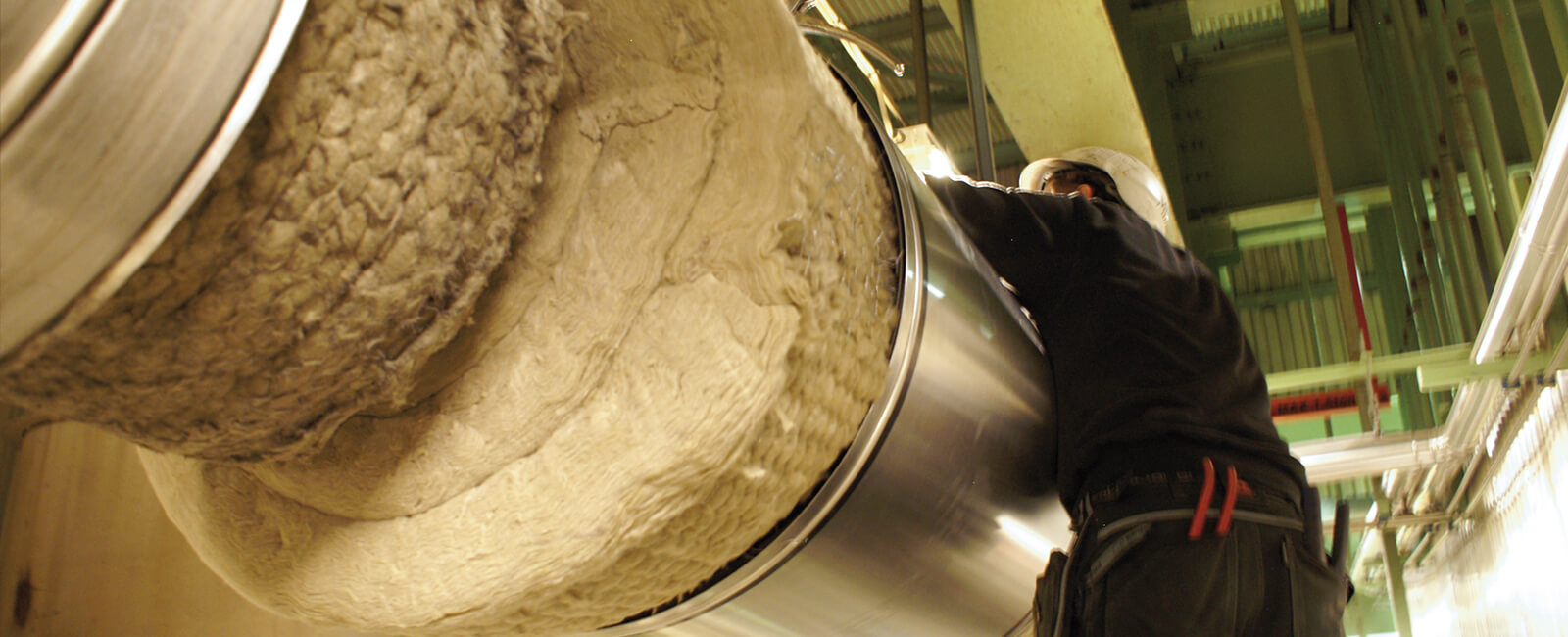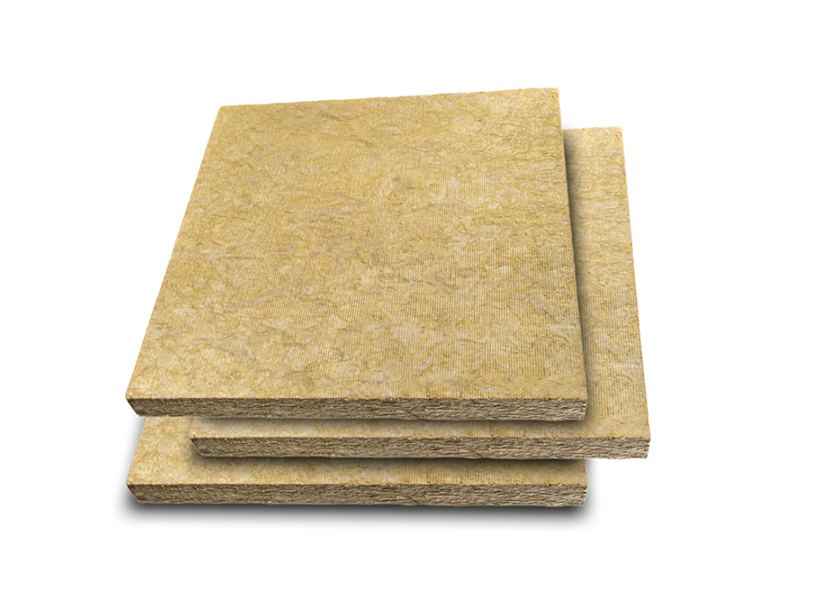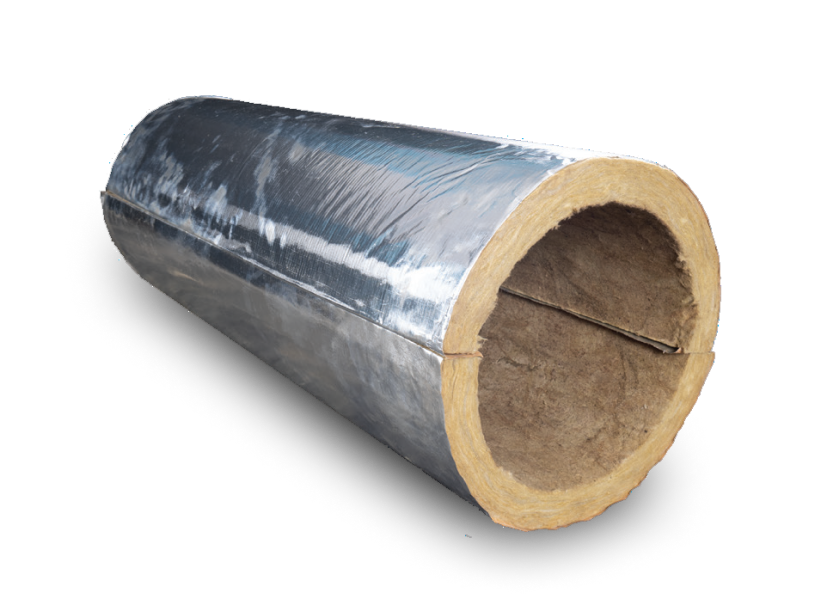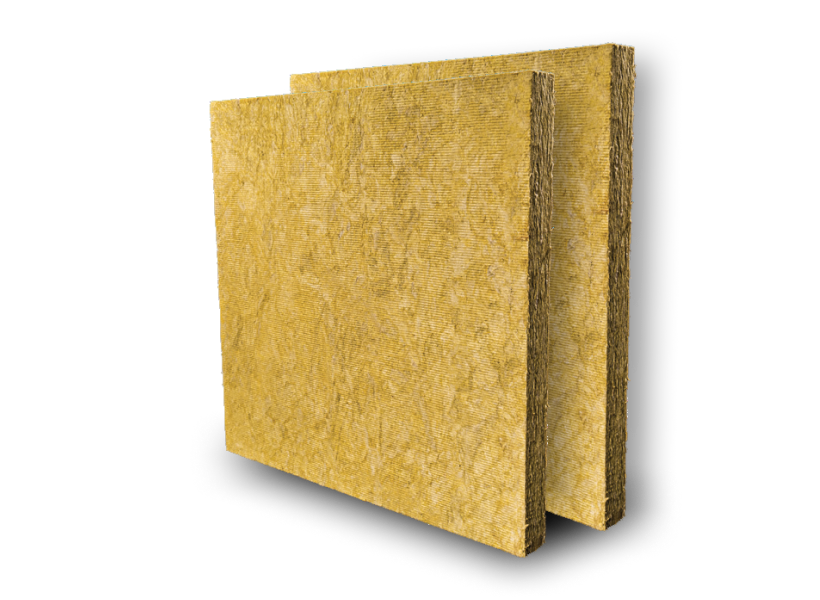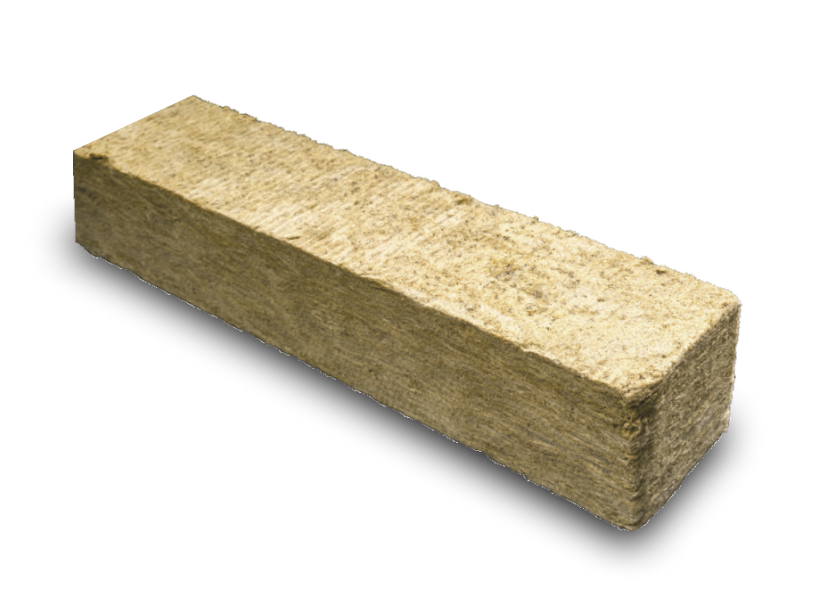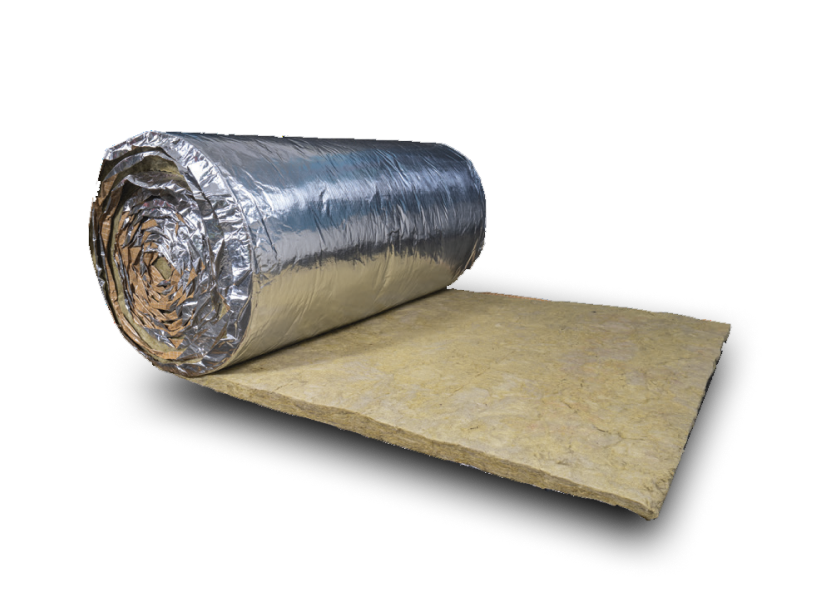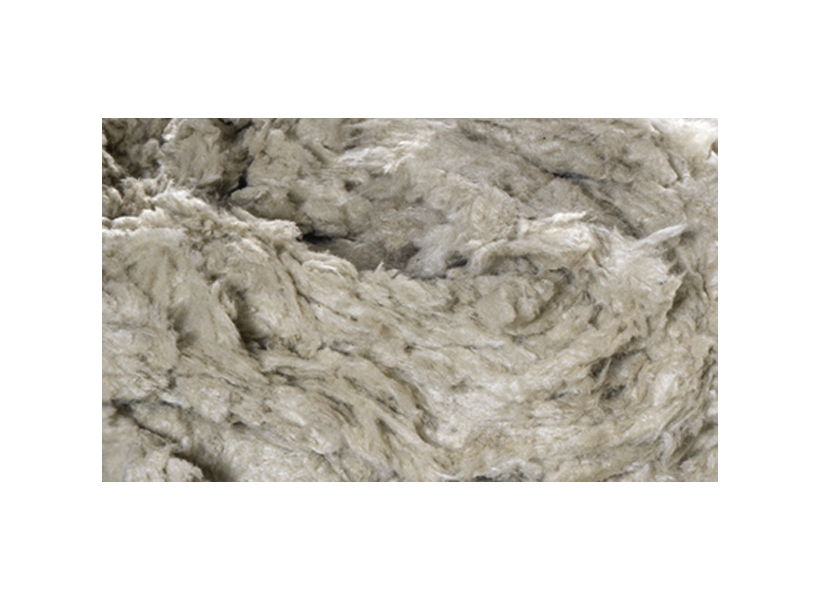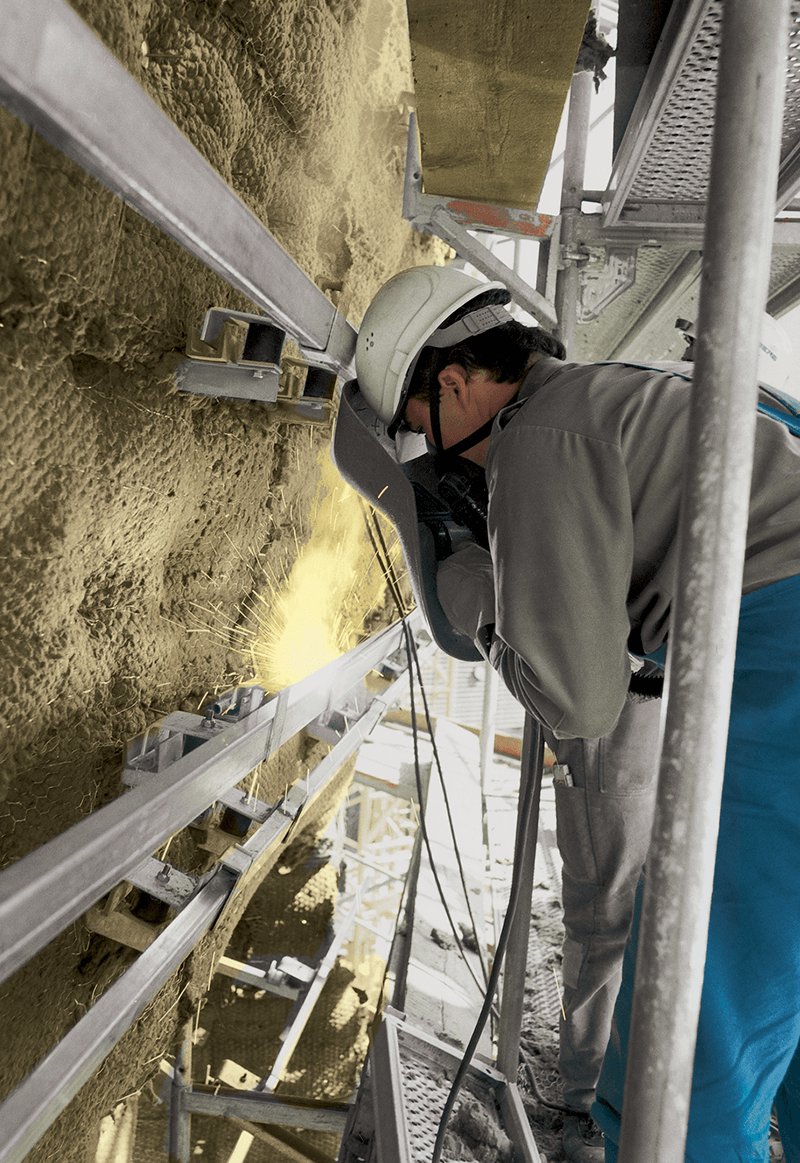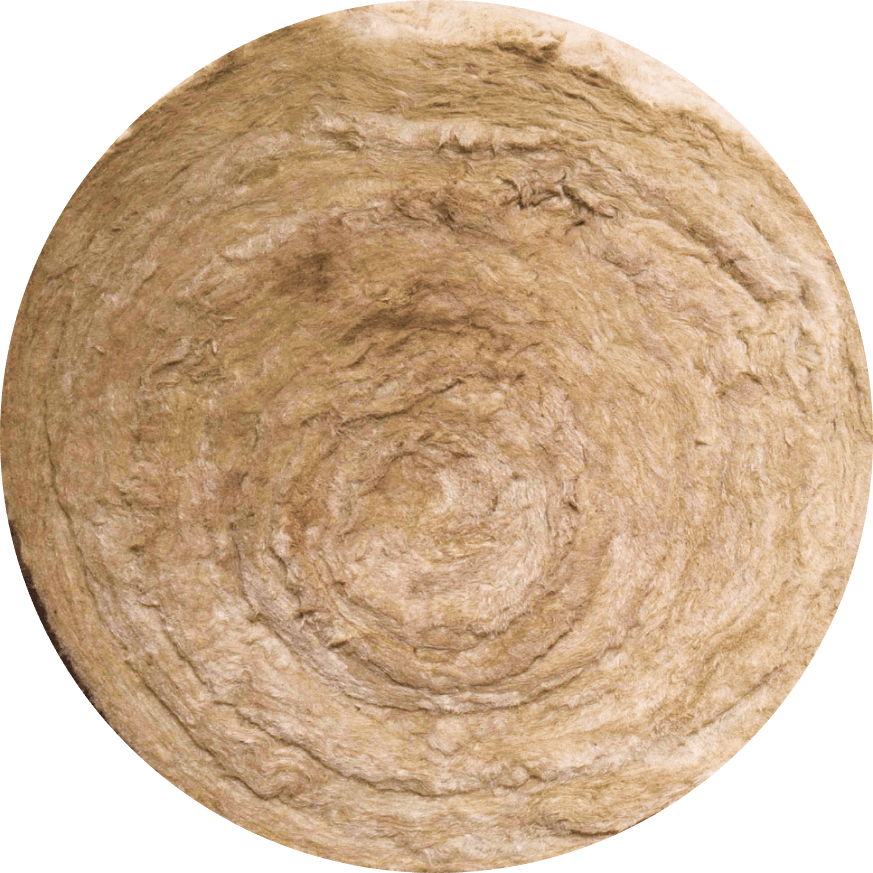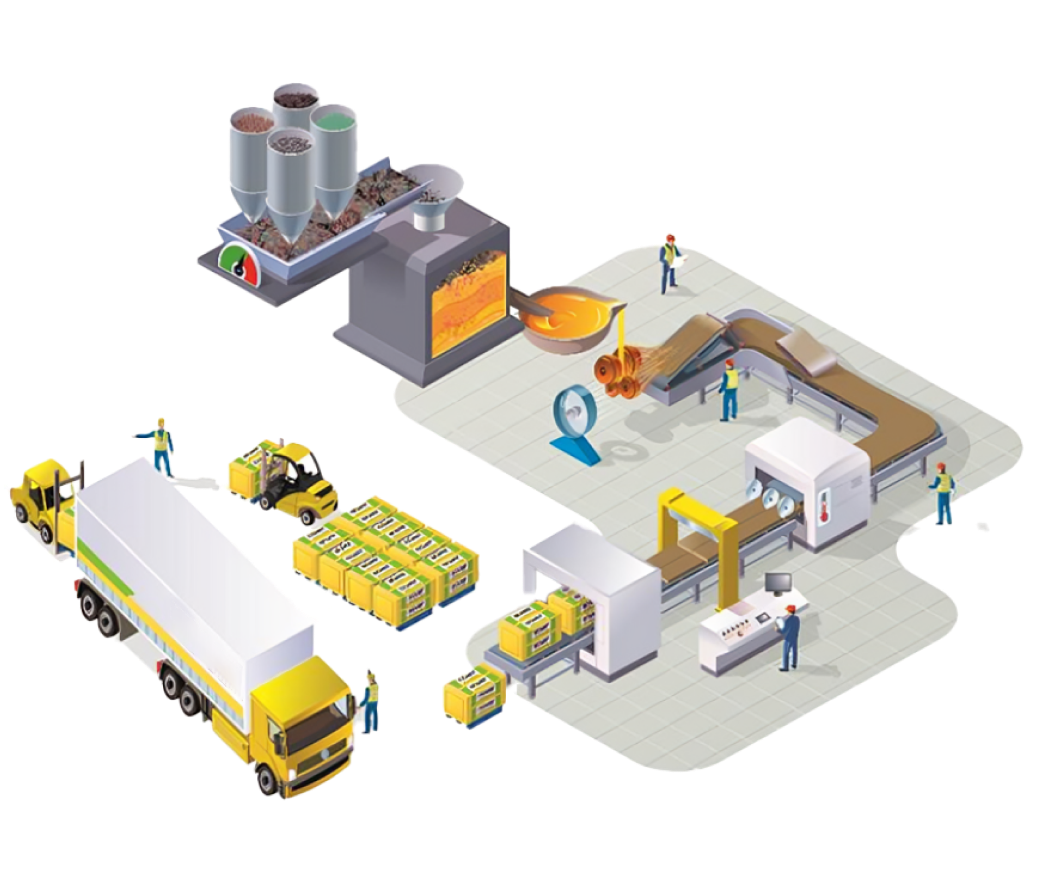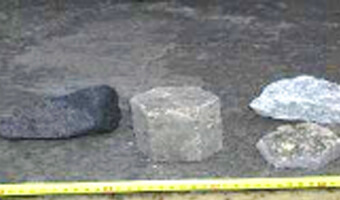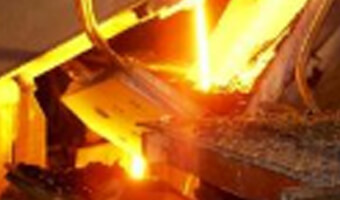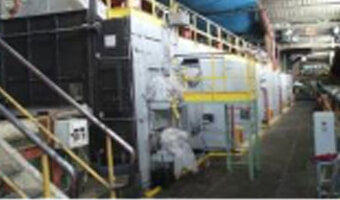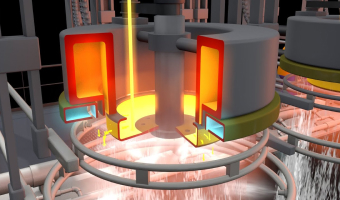Stone wool, also known as rock wool, is manufactured by using volcanic rocks such as basalt
and dolomite as raw material. The raw material is heated to very high temperature using
fuel. The molten mixture thus obtained is passed through high speed spinners to form
fibers. The fibers are then impregnated with thermosetting resin binder.
The fibers are then converted to
various
products such as LRB Mattress, RB Slab, Pipe section etc. of required density and thickness.
Product can be customized to various dimensions and offered with facings as per the
application.
